Unleashing blue sky thinking: Vargas brings passion for flight to attract students and grow regional economy
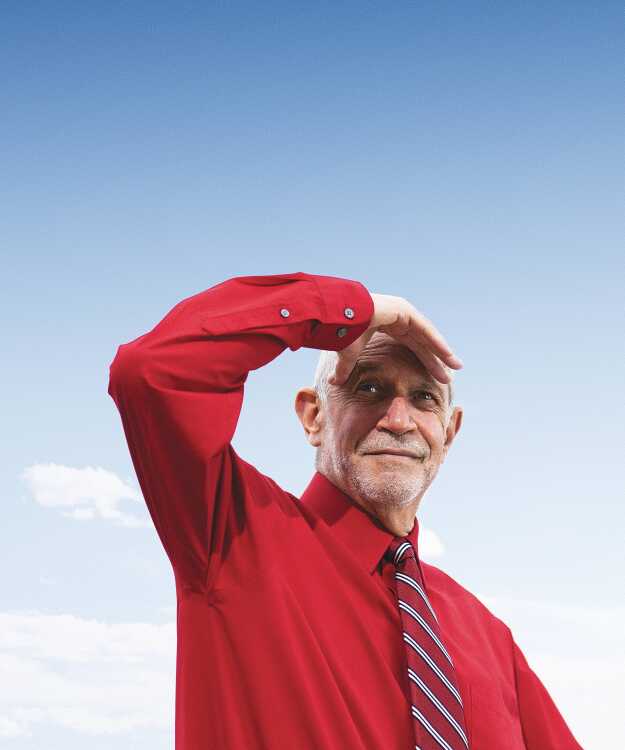
Progress is often measured by the activity of its local or regional airport. It is often, literally, the gateway to the world.
Nowhere is this more evident than in the growth of the Cape Girardeau Regional Airport with its $17 million renovation plan, which will include a new terminal.
There is a lot to like about why this airport is set to take off.
First, it is an airport with rich history and a tight association with the city. Featuring a city-run tower, there are crossing runways with one long enough to land the presidential Air Force One, daily United Airlines jets and, every so many years, the Blue Angels or Royal Canadian Snowbirds demonstration squadrons. The airport also hosts training, testing and charter companies, a service center to a leading plane manufacturer, and the periodic auction.
Beginning Fall 2021, it will also be the home of a four-year professional pilot degree program, under the auspices of Southeast Missouri State University, which will be one of only two of its kind in the state.
Stories about the champions behind the airport have been written before in B magazine. This is a story about one visionary outside the airport, albeit an important one.

Beginnings
Ever since he was a teenager in Mexico, Southeast Missouri State University President Carlos Vargas has looked to the sky.
“In high school, I sent a letter to NASA expressing my interest in becoming an astronaut. And they responded,” Vargas said.
So began Vargas’ fascination with space and flight.
With an undergraduate degree in physics from National Autonomous University of Mexico (UNAM), Vargas’ professor recommended he continue his study at the University of Michigan to work in the field of remote sensing — the early development of the Landsat satellite program where satellite images and wave lengths are used to look at the earth’s ocean and land features.
“We used the images to identify such things as an oil spill, as each had its own signature,” he recalls. “A lot of that development was used in military applications laboratories developed at Michigan, which was famous for its remote sensing — called Willow run laboratories.”
There, Vargas used a technology called photogrammetry for agriculture applications to determine if corn and other types of vegetations had disease or fungus.
Sponsored by the Mexican government, Vargas then went to the University of Michigan School of Natural Resources to earn his master’s degree in aerospace science and his doctoral degree in atomic physics.
As a student on campus, Vargas experienced the University of Michigan’s successfully-run professional pilot program. Though he didn’t complete the flight training, his interest in aviation continued. So, after returning to Mexico following his studies, his path with NASA crossed again; now, he was equipped with a Ph.D. in atomic physics and aerospace science.
“It was at a time when the United States was seeking astronauts from outside the country to join its space shuttle program. An invite came to Mexico, and I applied. Although I didn’t make the program, I was number 11 on a list from which three were chosen — one actually becoming a shuttle pilot.”
Undeterred, Vargas returned to the U.S. in 1985 as a tenured professor in Ohio at Kent State where he was exposed to yet another renowned pilot program that rekindled his interest in flight education.
“At Kent, the college of technology had a flight program. And although I didn’t learn how to fly, I interreacted with the program’s professional pilots and their students, similar to what we are starting here at SEMO,” he said.
This interest was compounded when Vargas became acting president of Kutztown University in Pennsylvania where he visited the local airport to gather interest and support of a flight program.
Now in his sixth year as president of Southeast Missouri State University in Cape Girardeau, Vargas’ history of studying flight programs and their impact on a university and its local community has culminated in him helping to start such a program here.
“I learned more about our airport by meeting with Bruce Loy [then-manager of Cape Regional Airport] and others,” Vargas said. “And the idea of developing a flight program at SEMO took hold as I saw what we could do.”
Due Diligence
Knowing the success of any program is dependent upon a demonstrated need by the student body and future employers, along with having a champion to make it happen, Vargas was encouraged when he met with Ken Jackson, then-state supervisor of instruction with the Missouri Department of Elementary and Secondary Education (DESE) and former superintendent of Dexter Schools.
“At that time, Ken shared an interested in developing a flight program — exactly what I wanted to do,” Vargas said. “I saw his energy and recognized him as someone who does his homework. He had a wonderful background in education, a connection with the local high schools and an understanding of the opportunity. And he was a private pilot. Our conversations only strengthened my resolve to start a flight program.”
In turn, Vargas worked with Provost Dr. Mike Godard and the University Board to gain approval and the needed support from the State of Missouri. In tandem, Vargas and his team reached out to other university and community college flight programs, including one in Mankato, Minn., where a professional colleague and Provost of Minnesota State University was a valuable resource. Vargas and the local team studied how a university can partner with a professional flight school to oversee flight instruction, plane acquisition and maintenance — as an independent contracted business to reduce risk and upfront costs.
“It was a program I wanted to better understand,” Vargas said. “Minnesota didn’t have to find planes or flight instructors.” These were contracted.
To learn more, the vice president of flight operations and Dennis Vollink, pilot at Drury Southwest, flew a group of people including Vargas to Mankato.
At Minnesota State, they learned it was possible for a professional flight program to separate jobs to be done — the academic work handled by the university and the management of airplanes and flight instruction handled by professional pilots and crew, with fees collected by the University and paid to the company.
After a search, SEMO partnered with US Aviation out of Texas, a school and flight program with a proven record – and more than 100 planes and 250 employees.
“We are happy working with such a proven company,” Vargas said. “With approval from the State and the partnership, the program came together.”
Moving forward
In thinking about the prospects of the program and the fact that they couldn’t afford to fail, Vargas knew he needed someone within the university who would champion the program and help move it forward. After conducting a search for a director of flight operations, he believed Ken Jackson, his early collaborator, was just the person. Jackson was hired to take the program’s helm.
The new program is expected to start this fall with 10 full-time students, growing to 85 by 2025.
According to Vargas, this is only the beginning. Through this program, the university will connect students with good jobs, while strengthening the local economy. Already, Vargas has created a different aviation program – a drone program – that is creating local dividends. Championed by Agriculture Technology Coordinator Andy Chronister, drone students work with Light Detection and Ranging (LIDAR), which sends laser beams to the earth surface looking for the reflection of light to reproduce what it sees in high resolution, much like radar that uses radio frequencies. The technology is important for use in geographic information systems, to assist in emergency response operations, enhance agriculture planning, and in many other applications.
For Vargas, it all comes back to meeting students’ needs.
“It is our job to continue to develop programs that excite our students,” he said. “Everything we do now is with a purpose to attract students [and prepare them for jobs].”
With this goal, Vargas said the university also has plans to develop an astronomy program to help get children interested in science from a young age.
“Kids like to see stars. And astronomy is one of the simplest ways of doing this,” he said. “There is a lot to learn about the solar system. So, I think the university should explore a path to develop a program around astronomy.”
This, according to Vargas, leads to seeking funds to acquire a research-grade telescope and a planetarium.
“This would make it real to our students,” he said.
“I know what happens when a research telescope and the right people come together. To actually be able to watch the skies, the moon, the stars … it is just great,” he said. “I think Cape and the university would both benefit.”
Vargas said creating drone, professional pilot and astronomy programs, as well as a planetarium, can be complicated and expensive, but he believes that by partnering with others throughout the region, more can be accomplished.
“I truly believe that by connecting with people, asking what can be done together, by exploring ways to work together, we can do more. I truly believe that by being out there, by spending more time on solving problems, we can get things done.”
Although community economic development has not been a priority of the university in the past, Vargas said this is no longer the case.
“We need to be responsible to economic development and to the economic needs of a community. We need to be there to answer questions around talent development,” he said. “It is important that people believe that the university is here to be part of their economic growth and future, where quality satisfies expectations. It is for the university to develop programs that meet the needs of its students and community.”
His looking to the sky since a boy leads Vargas in his quest to develop programs and to forge partnerships that do just that.


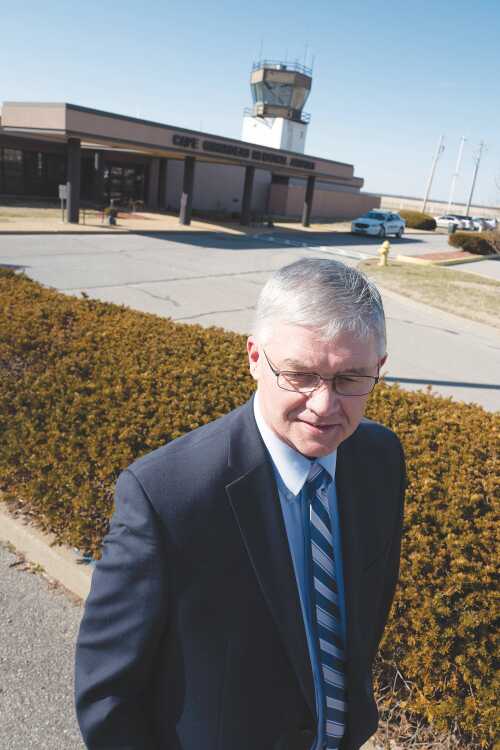
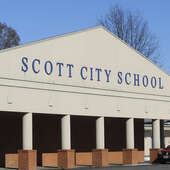
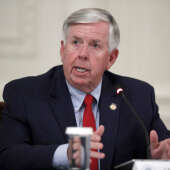


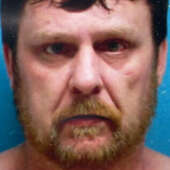























Respond to this story
Posting a comment requires a subscription.